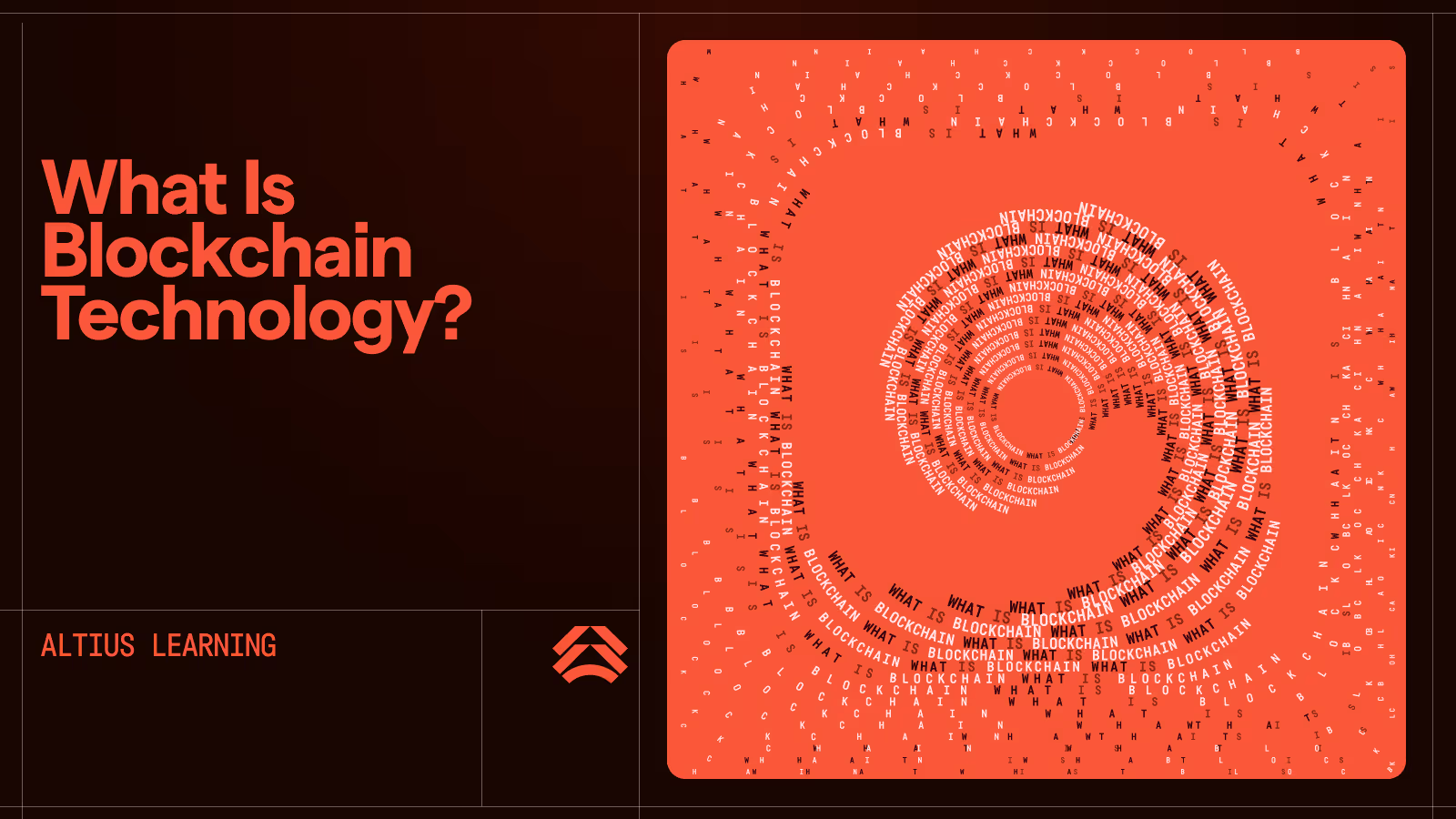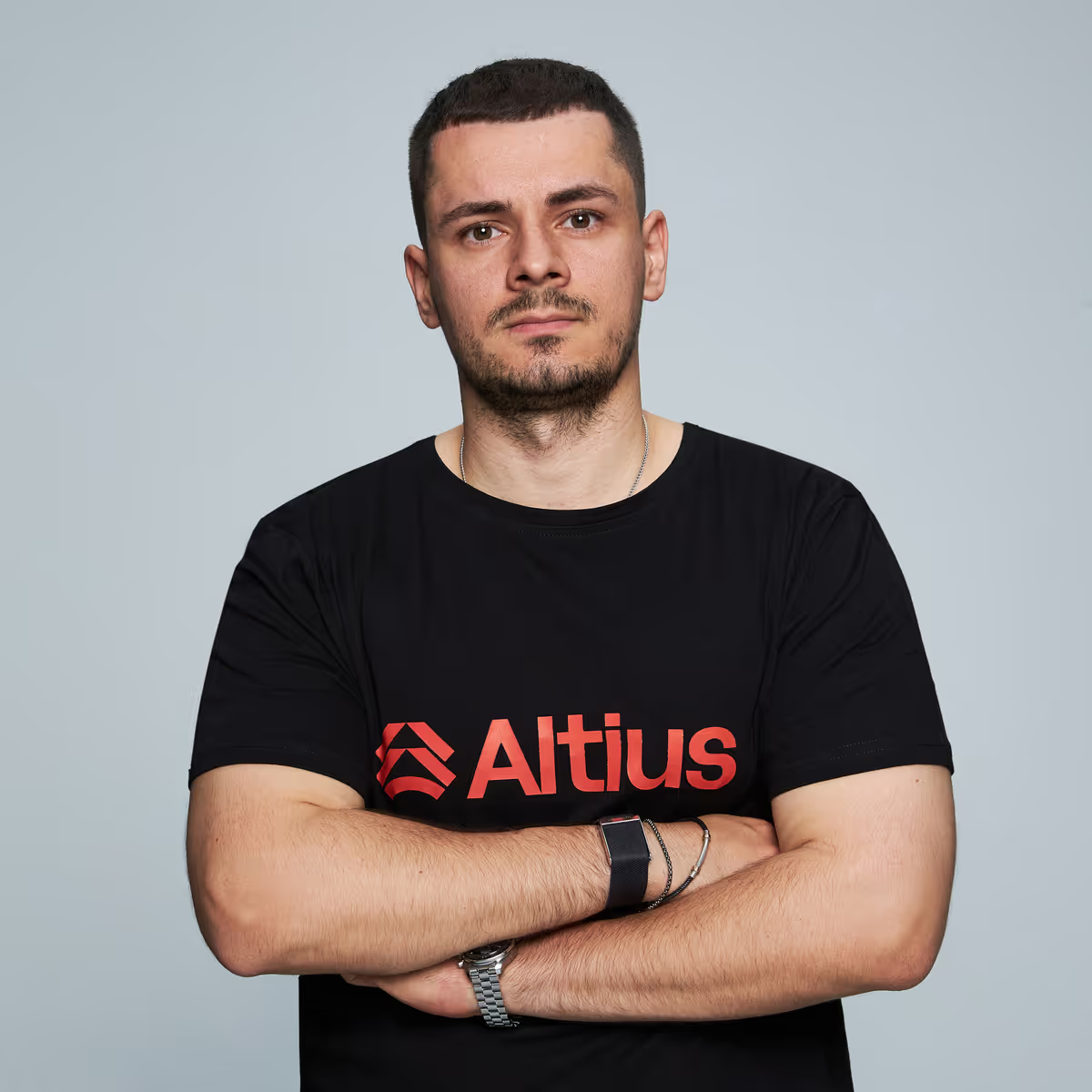What Is Blockchain Technology? A 2025 Beginner’s Guide to Blockchain and the Execution Layer

As professionals in the web3 world, we often get asked: “What is blockchain, and how does it actually work today?” It’s a fair question-especially now that blockchain has evolved far beyond the early days of cryptocurrencies and speculation.
In this guide, we’ll walk you through not just the fundamentals of blockchain, but also what the execution layer is, why it matters, and how the entire stack is being redefined in 2025. Whether you’re a curious reader, an entrepreneur, or a professional exploring what’s next in finance and technology - we’re here to make this accessible.

So, What Is Blockchain in 2025?
At its core, blockchain is a decentralized, transparent, and tamper-resistant way to record data. This data could represent financial transactions, ownership records, identity credentials, or even logic-based actions like smart contracts.
What makes it powerful is that no single entity controls the system. Instead, thousands of computers - called nodes - work together to validate and secure the data. The result is a system that allows people and machines to trust the output without trusting the participants.
Each record, known as a block, contains a set of data (like transactions). These blocks are chained together using cryptography, creating a secure and chronological history of all activity on the network.
How Blockchain Has Changed in the Past Years
The core idea behind blockchain technology - decentralized, transparent, tamper-proof data storage - has remained the same. But the real change has come in how blockchain is being used.
Over the past few years, the technology has matured, and we’ve moved from experimentation to real-world applications. Here are some of the ways blockchain is now being used in production environments:
Tokenized Real-World Assets (RWA)
One of the most significant developments has been the rise of tokenized assets. These are digital representations of real-world things like real estate, invoices, or investment funds. Instead of being locked in traditional financial systems, these assets can now be traded, tracked, and settled instantly, around the clock. At Altius Labs, we work with partners to tokenize a variety of assets in a way that is secure, compliant, and scalable.
Modular Blockchain Architectures
In the past, blockchains were built as all-in-one systems. Bitcoin and early Ethereum are good examples of this monolithic approach. Today, we're moving toward modular blockchain systems. These systems separate key functions like execution, consensus, and data availability. This allows developers to choose the best tool for each layer. At Altius Labs, we specialize in building modular systems tailored to specific use cases-from high-throughput DeFi to enterprise-grade asset infrastructure.
Compliant and Institutional DeFi
Decentralized Finance (DeFi) is no longer just for crypto-native users. Institutional players (companies with a lot of assets) and funds are entering the space thanks to innovations in compliance. Permissioned liquidity pools, KYC-enabled onboarding, and smart contract-based risk assessments have opened the door for compliant on-chain finance. We’ve been working on solutions that help bridge the gap between traditional finance and decentralized protocols.
Digital Identity and Credentials
More governments and organizations are embracing the use of blockchain for digital identity. Individuals can now hold verified credentials, government IDs, and tax records in a wallet they control. This self-sovereign identity model improves security and privacy while reducing reliance on centralized databases. It’s one of the most promising areas for real-world blockchain adoption-and one we’re actively supporting at Altius Labs through interoperable identity infrastructure.
Let’s Break It Down: The Three Core Layers of Blockchain
We like to explain blockchain using three critical layers:
- Consensus Layer
This is where the network agrees on what’s true. Think of it as the voting system that validates data and ensures nobody cheats. Popular consensus mechanisms include Proof of Stake (PoS) and Proof of Authority (PoA). Proof of Stake (PoS) relies on validators staking crypto to earn block rewards, while Proof of Authority (PoA) relies on a few trusted, pre-approved identities to validate transactions. - Data Availability Layer
This is where raw transaction data is stored and made available for verification. Without this, blockchains would be opaque and unverifiable. Examples include Celestia or EigenDA. - Execution Layer
This is where things actually happen. Smart contracts run here. Your swaps on a decentralized exchange, NFT minting, stablecoin transfers, lending protocols-all of it is handled on the execution layer.
What Is the Execution Layer (and Why You Should Care)?
The execution layer is the engine of the blockchain. It handles logic, processes transactions, and interprets smart contracts. You can think of it as the “application layer” of Web3, where things you can actually interact with are running.
Here’s what happens there:
- You send a transaction to swap tokens → the execution layer computes it.
- You mint an NFT → the execution layer enforces the rules and writes the data.
- A protocol calculates your annual investment return, distributes rewards, or liquidates a position → all execution layer logic.
In short, the execution layer is what makes blockchains programmable.
Why Modular Execution Layers Are the Future
At Altius Labs, we believe in modular execution environments. Instead of relying on a one-size-fits-all model (like Ethereum in 2020), we now build systems where:
- Execution logic is customized to the use case (DeFi, gaming, real-world assets, etc.)
- Chains can plug into shared consensus or data availability networks
- Throughput and gas costs can be optimized independently of the consensus layer
- Builders can deploy private or hybrid execution rollups to fit regulatory needs
This allows us to create enterprise-ready solutions that retain the security and transparency of blockchain-without sacrificing performance.
Practical Use Cases in 2025
Here’s how we (as well as many of our partners and general crypto public) are using blockchain execution layers today:
- On-chain Lending Platforms: Fully automated, algorithmically managed, and auditable by design.
- Tokenized Funds & Assets: Real estate funds issuing tokens, with smart contracts managing dividends and redemptions.
- Insurance Automation: Smart contracts triggered by oracles reporting natural disasters or shipment delays.
- Gaming & Loyalty: Smart contract engines handling in-game purchases, reputation, and rewards.
- Cross-border Payments: Stablecoins + rollups enabling 24/7 settlement with close to no fees.
A Final Word from Us
If blockchain was about potential in 2015 and speculation in 2020, then 2025 is about adoption, composability, and specialization.
That’s why, at Altius Labs, we’re building solutions that allow teams to:
- Launch tokenized products without friction
- Build on battle-tested execution frameworks
- Tap into public or permissioned liquidity
- Scale without compromising compliance
The execution layer is no longer just a technical concept-it’s the foundation of modern financial infrastructure, identity, and logic automation.
If you're curious to build, partner, or learn more - get in touch with us, or explore the rest of our blockchain Learning Hub.
.svg)
